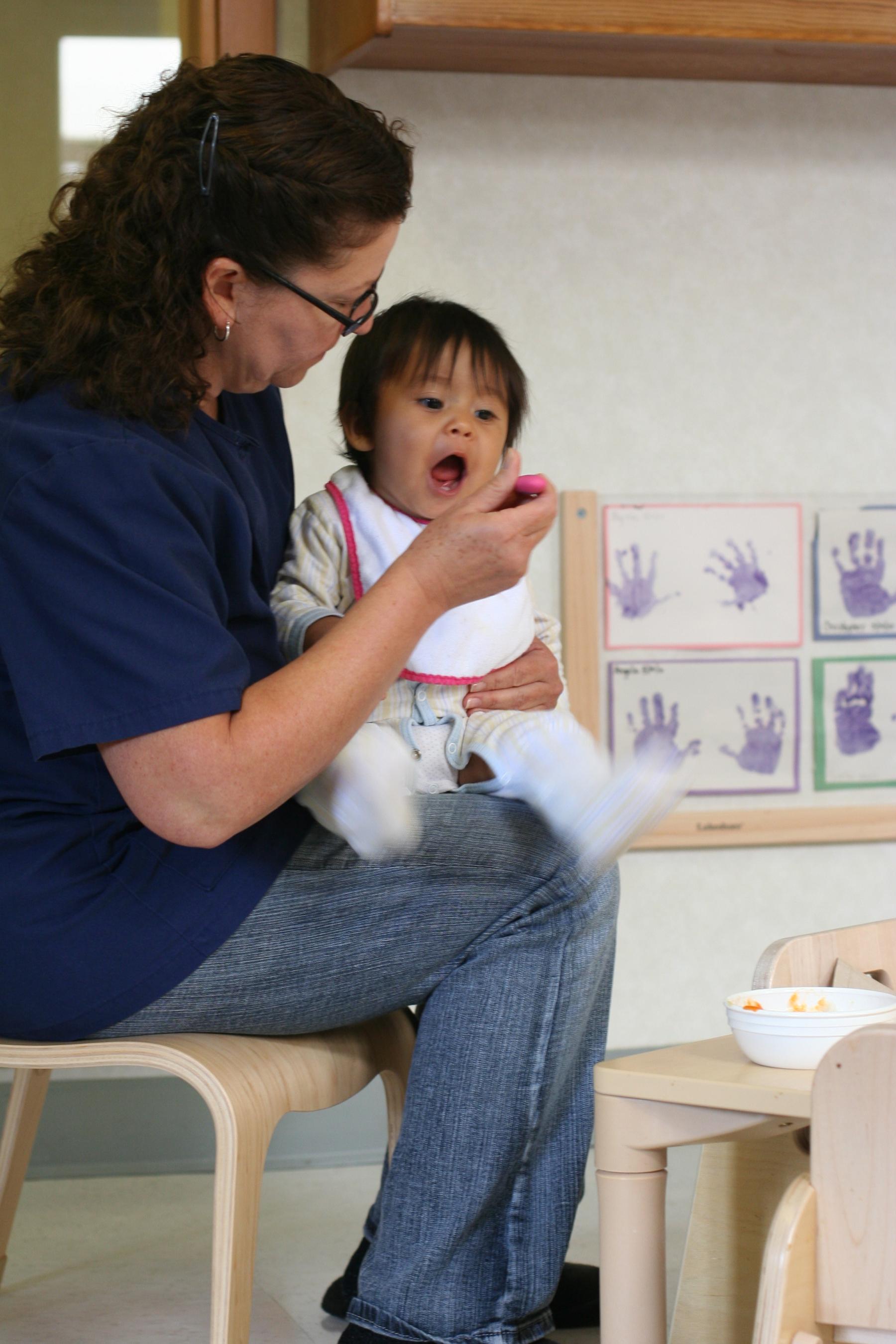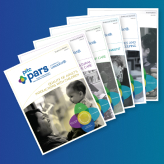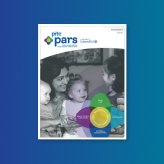Measuring Program Quality with the PITC PARS Instrument and Subscales
Given the far-reaching impact of group care on young children’s development, the need to measure the quality of early care programs is widely recognized by policymakers and practitioners.
The PITC PARS is a tool used to observe essential components of infant/toddler group care — from caregiving interactions to the physical environment to program policies and administrative structures. The instrument enables observers to determine the extent to which family child care and center-based programs promote responsive, relationship-based care for infants and toddlers (ages 0–3).
Recognizing the multifaceted nature of responsive, relationship-based early care, the instrument includes five primary components of child care quality for infants and toddlers. These components are referred to as subscales, with each consisting of various items and sub-items that allow for the assessment of key aspects of the program. Together, the five subscales provide a comprehensive look at infant/toddler care program quality.
The PITC PARS Instrument and Subscale Guides I–V are intended for for use by family child care providers, infant/toddler care teachers, program administrators, coaches, researchers, evaluators, and others.

The PITC PARS instrument is designed to reflect the research literature about important components of quality for infant/toddler care programs.
A study1 evaluating the psychometric properties of the PITC PARS — that is, how valid and reliable it is in measuring program quality — found that the instrument measures distinct, yet related, components of global child care quality. The study suggested that the PITC PARS offers infant and toddler care programs an efficient means of documenting their efforts to improve quality.
1Mangione, P. L., Kriener-Althen, K., & Marcella, J. (2016). Measuring the multifaceted nature of infant and toddler care quality. Journal of Early Education and Development 27(2), 149–169.
Each of the five Subscale Guides help users of the PITC PARS Instrument become familiar with the specific aspects of quality measured by the sub-items in each of the five respective PITC PARS subscales.
The PITC PARS Subscale Guides provide information about the intent of each sub-item, definitions of key terms, guidance for observing sub-items, and examples that demonstrate the sub-item in action. Together, these elements facilitate in-depth understanding for how to interpret each sub-item, which types of evidence to gather, and how to evaluate the evidence collected.
Subscale I. Quality of Adult’s Interactions with Children is about the responsiveness of individual teachers’ interactions with the infants and toddlers in their care.
Subscale II. Family Partnerships, Cultural Responsiveness, and Inclusive Care is about the extent to which caregiving practices, the care environment, and program policies are responsive to cultural and family practices as well as the unique needs of infants and toddlers.
Subscale III. Organization of Group Care is about the extent to which caregiving practices and program procedures meet infants’ and toddlers’ individual needs through predictable and supportive relationships with one or two care teachers.
Subscale IV. Physical Environment is about the extent to which the program provides indoor and outdoor environments that support infants’ and toddlers’ developmental interests and needs.
Subscale V. Routines and Record Keeping is about the extent to which caregiving routines and program procedures promote infants’ and toddlers’ safety and health.
Materials for Purchase
The following links are intended for coaches, organizations, and teams purchasing materials in bulk for use in trainings or for their PARS-trained staff. For individuals, materials are included with training and do not need to be purchased separately.


